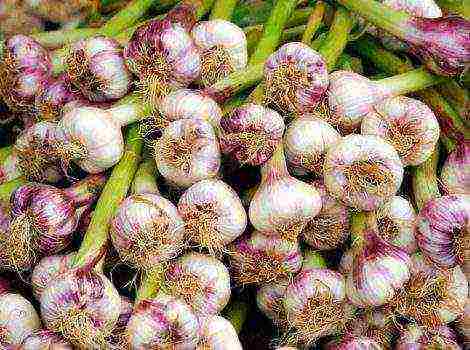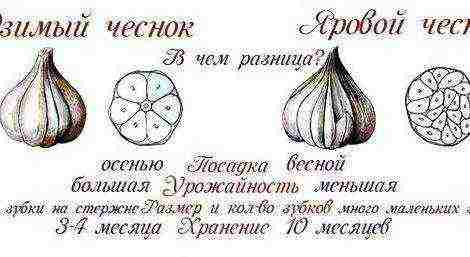Content
How to plant eggplants correctly
Outdoors, in the sun and rain, vegetables ripen much better when planted correctly. Planting eggplant seedlings is a responsible event, because so much care and time was given to them.
How to properly disperse the garden bed, prepare the soil, and other little things that are quite important in caring for this delicate, demanding, but very tasty and healthy vegetable.
Timing for planting eggplant in open ground
The summer of one year is different from the summer of another year, and it is impossible to say the exact number of plantings, since the number of regions from north to south is large. Different latitudes, climate, length of summer - these are the reasons why in one region you can start a transplant in April, and in others only in mid-June.
As soon as the temperature at night and in the morning will stop dropping below 15 degrees, and will be fixed for at least 2 days, you can plant seedlings.
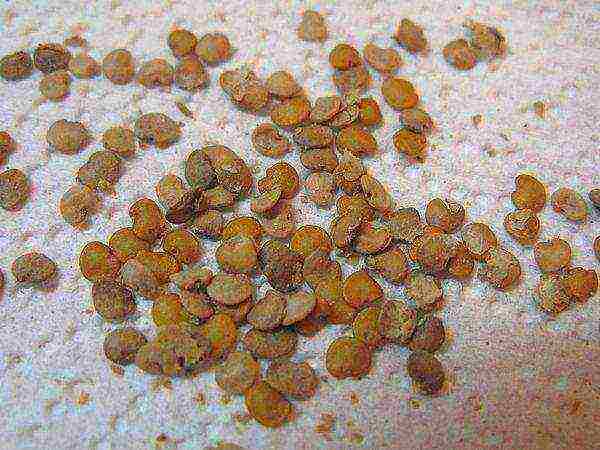
Development from seed to independent, ready-to-plant seedlings - more than a month and a half, therefore, by sowing seeds in April, by the first decade of June you will get what you need.
Where and where to plant seedlings correctly
If you take into account all the nuances when planting, and not just plant somewhere, you will get an excellent harvest of healthy vegetables in your garden. Eggplant is a vegetable that cannot tolerate self-neglect. Therefore, we do everything according to the rules.
Preparing the garden beds
Whichever variety you choose, but it is more logical to make a bed wide for a maximum of two bushes... There are undeniable facts in favor of this:
- So easier to handle and tie eggplant;
- Easier to water;
- The plant gets enough sun;
- In case of summer frosts or heavy rains, it is possible to cover the landing.
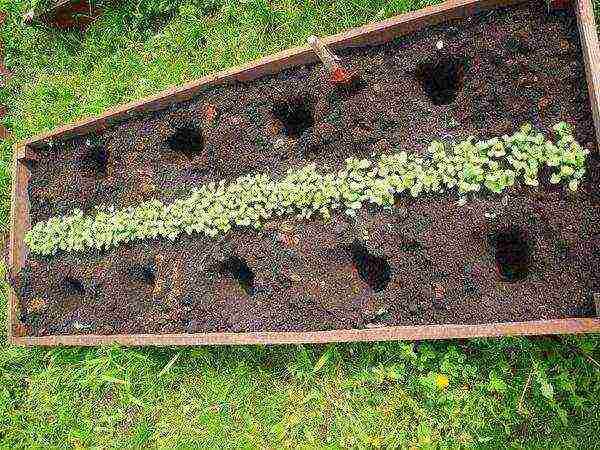
So, the width should be for a maximum of two bushes. Street varieties, as a rule, reach a maximum of 70 cm, but despite this, it is better to tie them up at the time of the beginning of fruiting.
The width of the bed for two plants should be not less than 1m... Do not spare the land, as it will generously repay you for your freedom.
The length can be any, but keep in mind that watering is carried out only with settled water, and you cannot stretch a hose from an artesian well along long beds - ice water will destroy the plants.
Choose sunny areas taking into account the fact that plants must see the first rays of the sun. The morning sun on your vegetables is the key to an excellent and healthy harvest.
The bed must stretch from west to east - so the bushes will not shade each other.
Even if you dug a garden bed in the fall, in the spring, in just a couple of days, you will have to dig it up again. In late April - early May, you can plant mustard on it, and before planting seedlings, close up green crops in the garden bed.
It can be covered with a film to create a favorable moist environment in the ground for mustard decay and the appearance of worms. One day before the transplant, the film and all shelters must be removed.
Seedling preparation
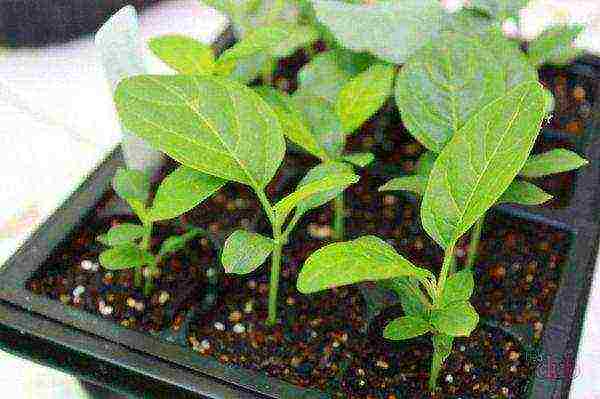
In order for the eggplant to adapt as quickly as possible to a new environment, bright sun, small temperature changes, seedlings need temper before planting.
How to do it correctly, and with a minimum amount of physical activity:
- Two weeks before transplanting, on cloudy days, take the plants out for 2 to 3 hours;
- A week before transplanting, take out the seedlings to the greenhouse;
- Cover even in a greenhouse with a covering material;
- In cloudy weather, open the material;
- Leave overnight and one day before transplanting in a greenhouse without shelter.
Even if you have a tomato greenhouse, they will tolerate a couple of weeks with eggplants. There is no need to make a special greenhouse for them - the bushes are still small and will easily enter the greenhouse.
Seedlings ready for soil look like an adult:
- On it real leaves - rounded and dark green, there are at least 6 of them;
- Stalk is thick, seemingly a little stiff;
- The plant is not withered, not dry, but also not overflowing with water - the earthen lump from the pot should be removed without crumbling.
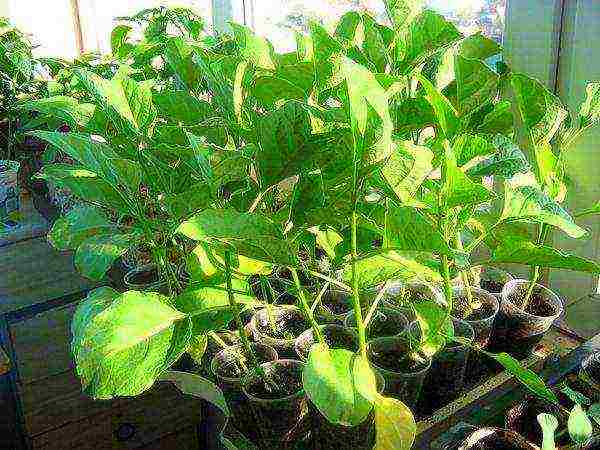
Landing schemes
Both methods are convenient, the only checkerboard one inspires the feeling that the plant receives more light, and the distance between the plants is less.
Step back between the plants to both sides not less than 40 cm, and from the edge of the garden 30 cm, and so, with two plants wide, you get 100 cm of beds.
When planting in a checkerboard pattern, it becomes possible to make the garden bed narrower, but then the quantity will not enter into it, which perfectly included 2 plants.
Another plus for the chess variation - the ability to cover with a film... The width of the bed is approximately 60 - 70 cm... And the film will be enough in the first weeks if you are worried about possible night frosts.
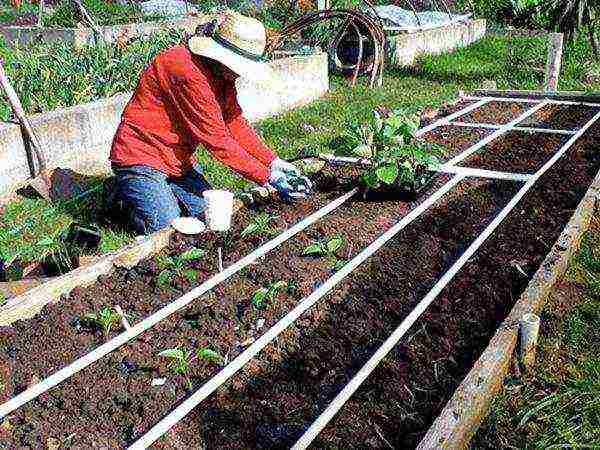
Errors
When transplanting seedlings, many gardeners make the same mistakes:
- Immediately after disembarkation do not tie the plant to a stick... Despite the apparent thickness, the stem of an eggplant is very fragile, and the slightest gust of wind breaks it. The sticks to which you tie the plant will also serve as a support for shelter for the first days;
- Planting seedlings in a place where last year nightshade grew: potatoes, tomatoes, peppers, or eggplant too. The plant takes nitrogen from the ground very vigorously. Fertilization and feeding with potassium - phosphorus additives - procedures necessary for eggplant;
- Every night watering... As soon as the ground seems dry, gardeners try to water the young plants more abundantly. "Thanks" to such pity, the plant begins to ache and turn yellow. Before the appearance of the first ovaries, watering should be carried out once every 7 days, when the earth dries out and the bush will slightly wither. With the onset of fruit formation, watering is best done every 2 days.
- Fear of bush formation on one's own. After the beginning of the formation of ovaries, you need to remove excess foliage, and shoots without an ovary - this will give strength for the formation of new ovaries and ripening of fruits. It is better to remove the first fruits without waiting for technical ripeness, so that new flower stalks form more actively.
The skill of a gardener lies only in experience, and what kind of plants you grow is up to you. By paying attention when transplanting seedlings, you will ensure easy growth and care of the plant, which means a good harvest on your land.
